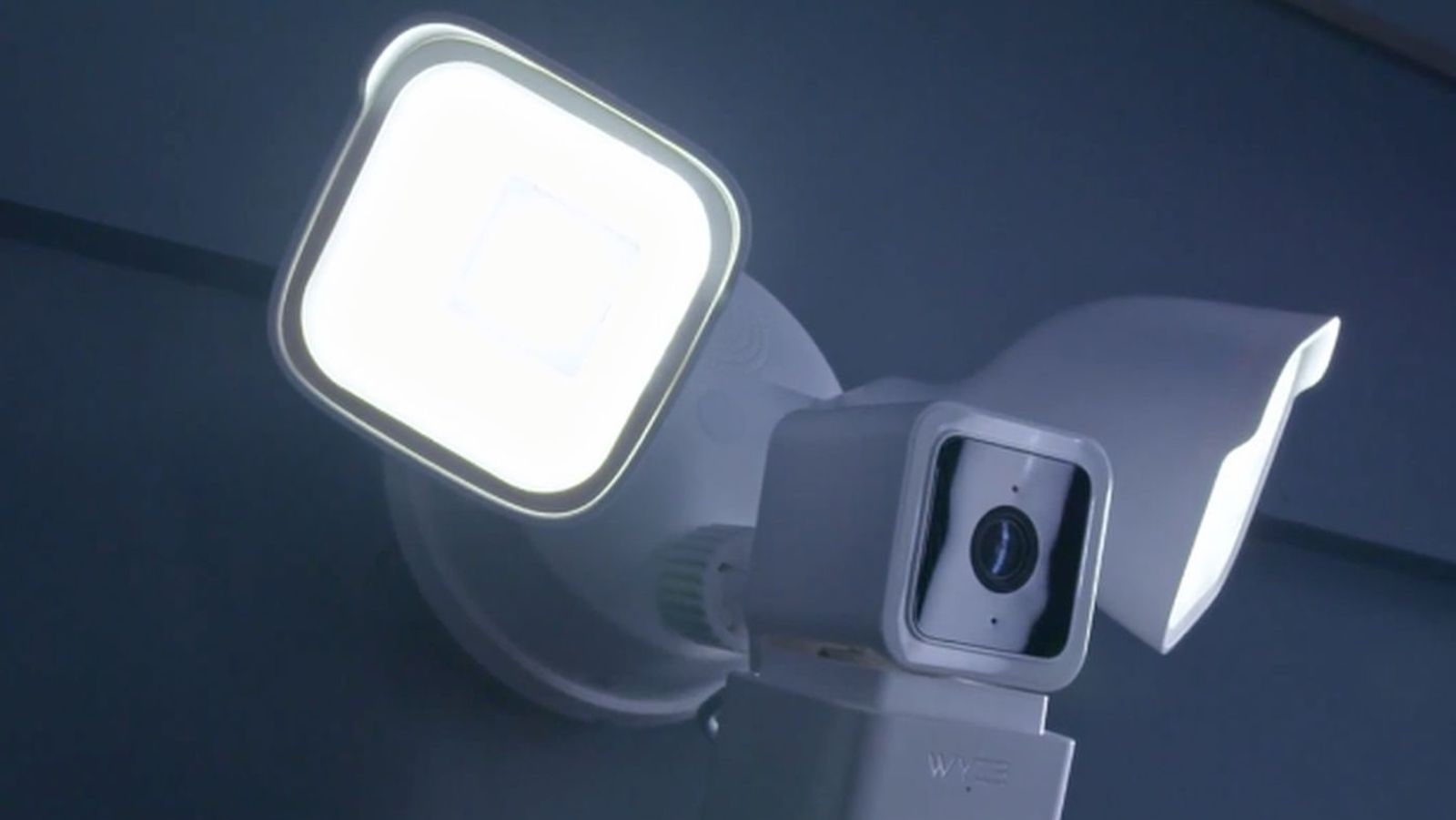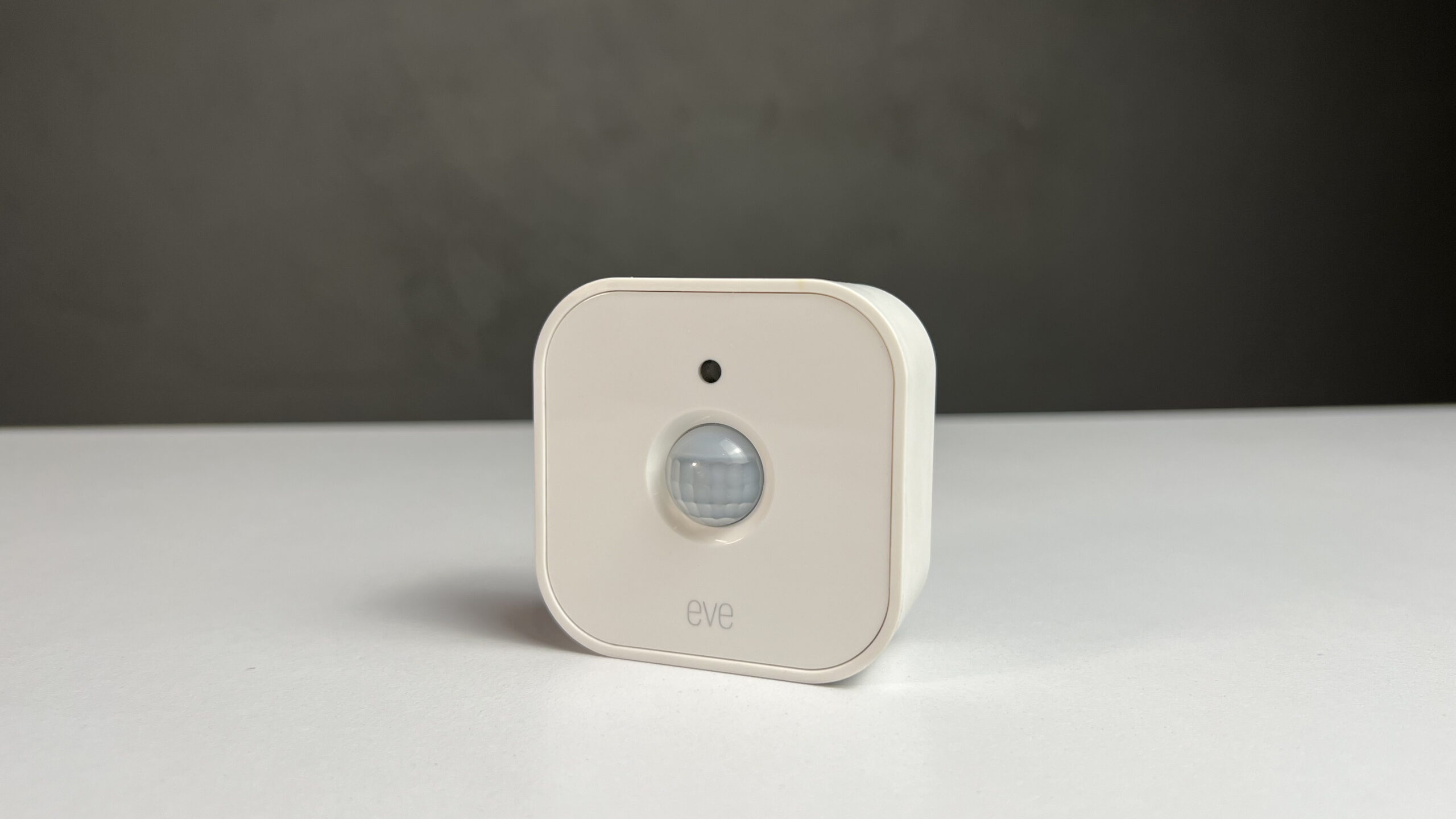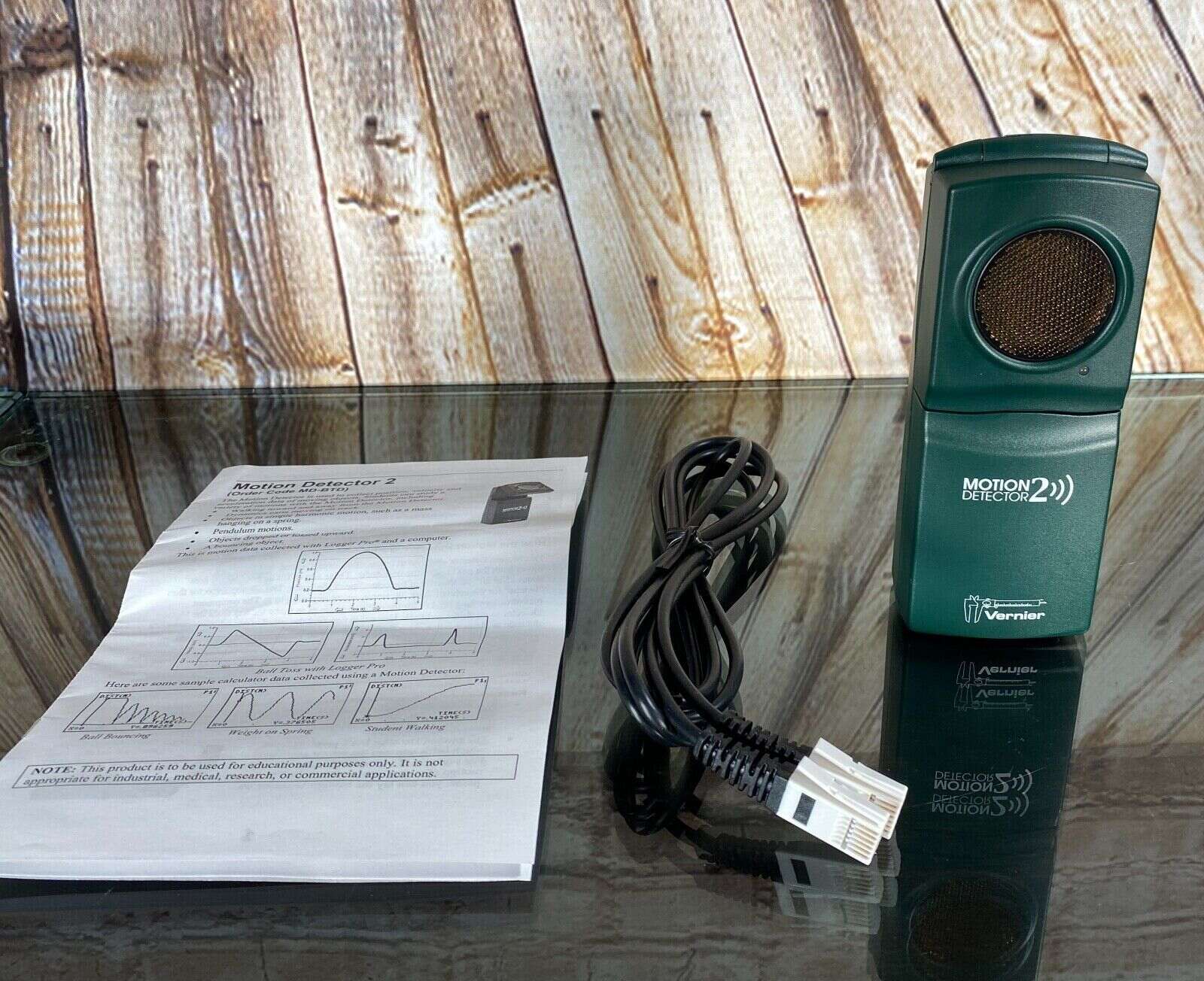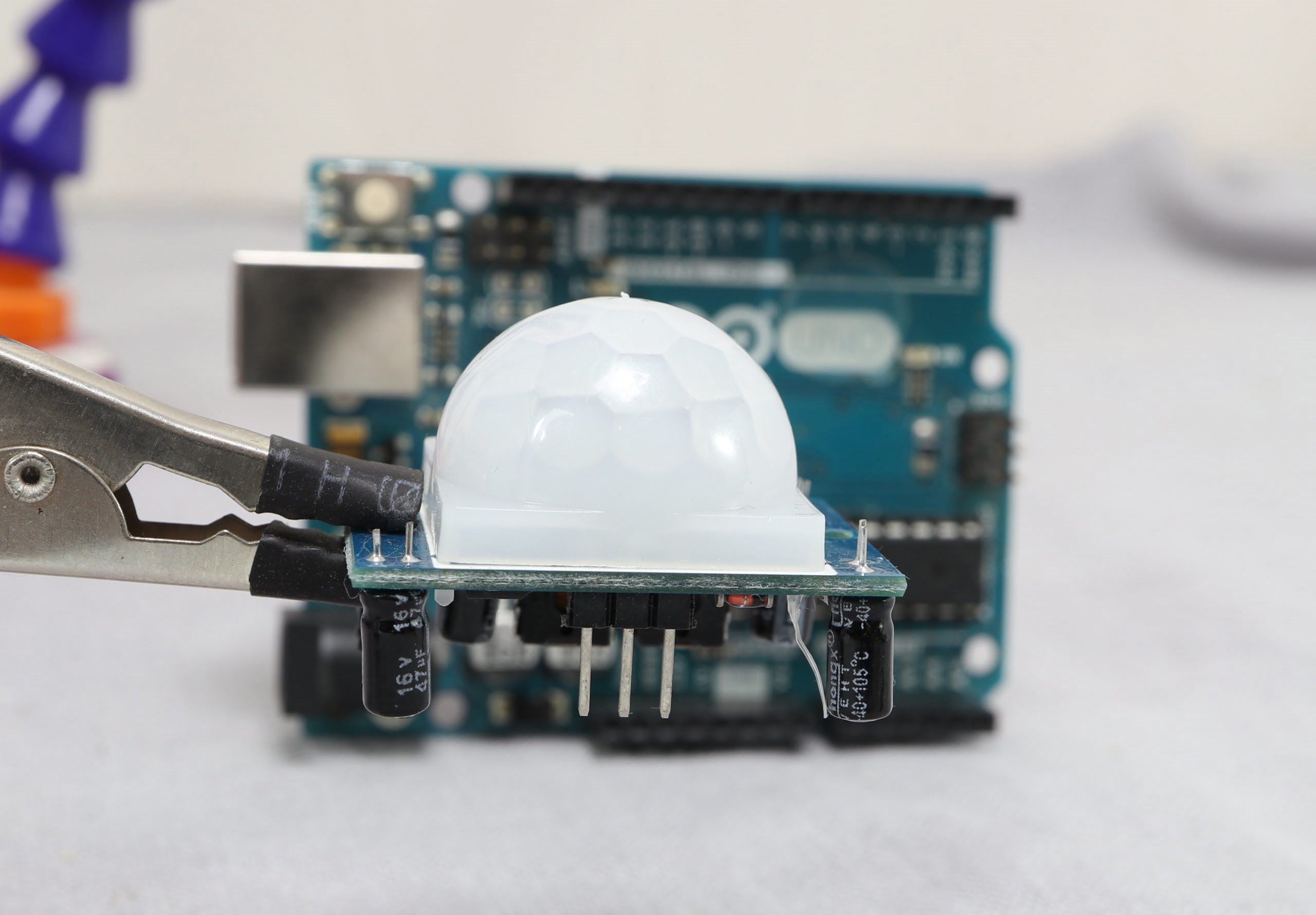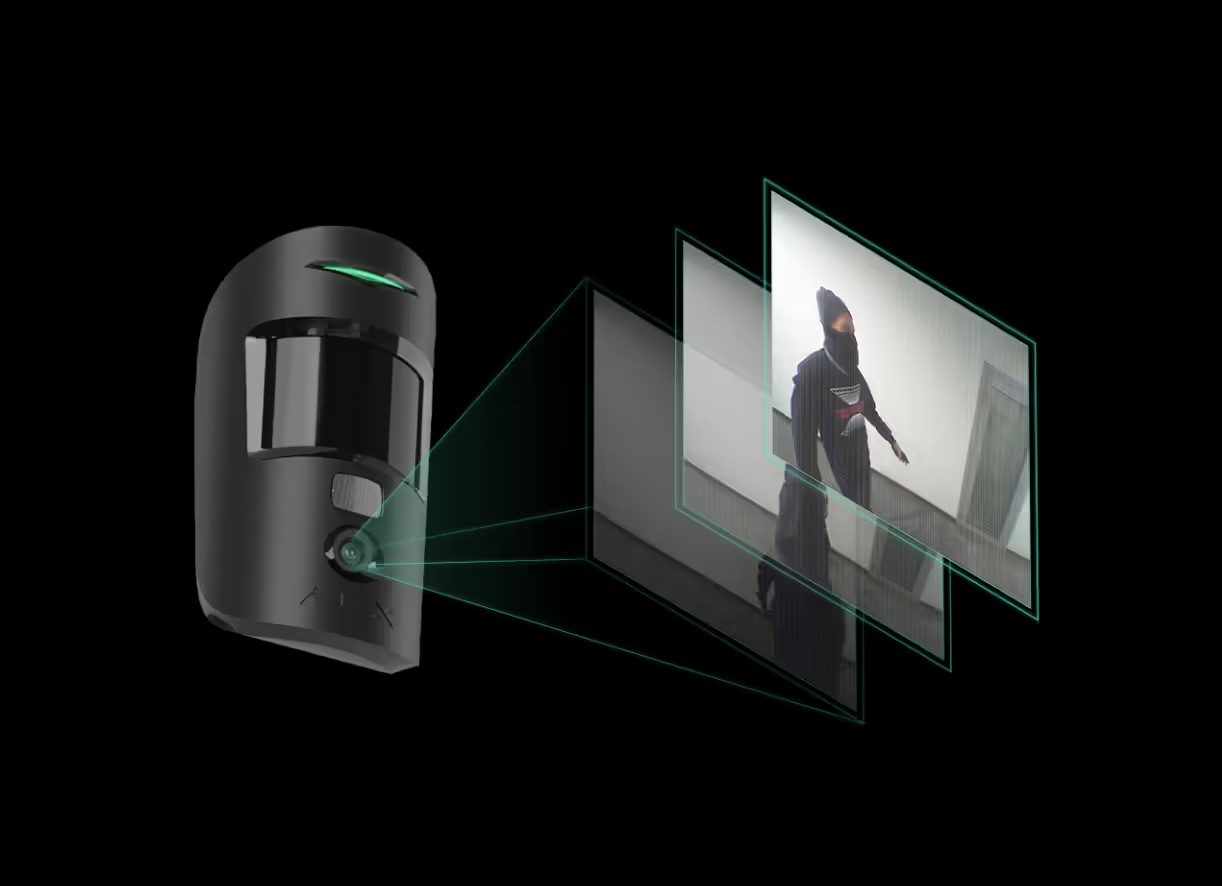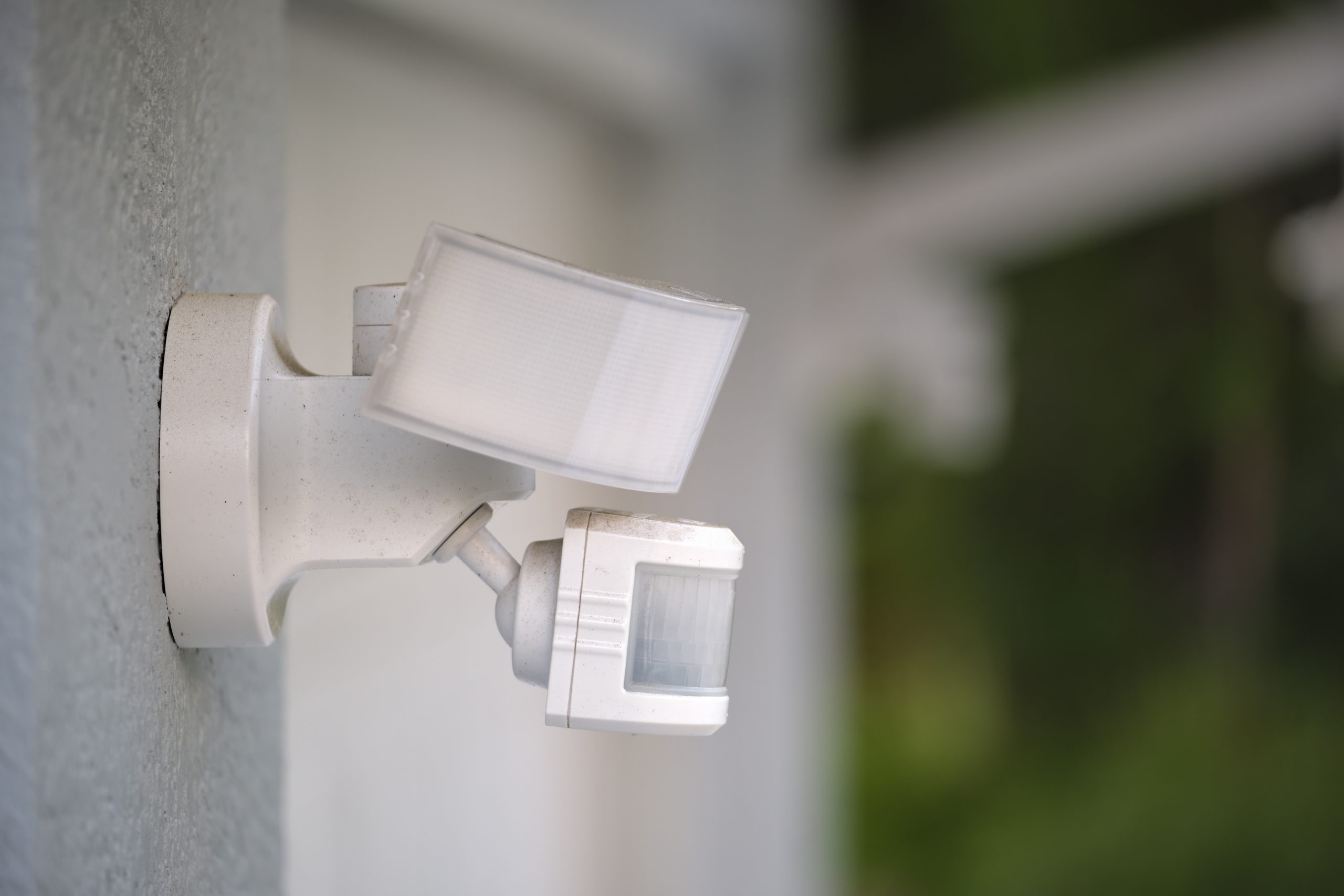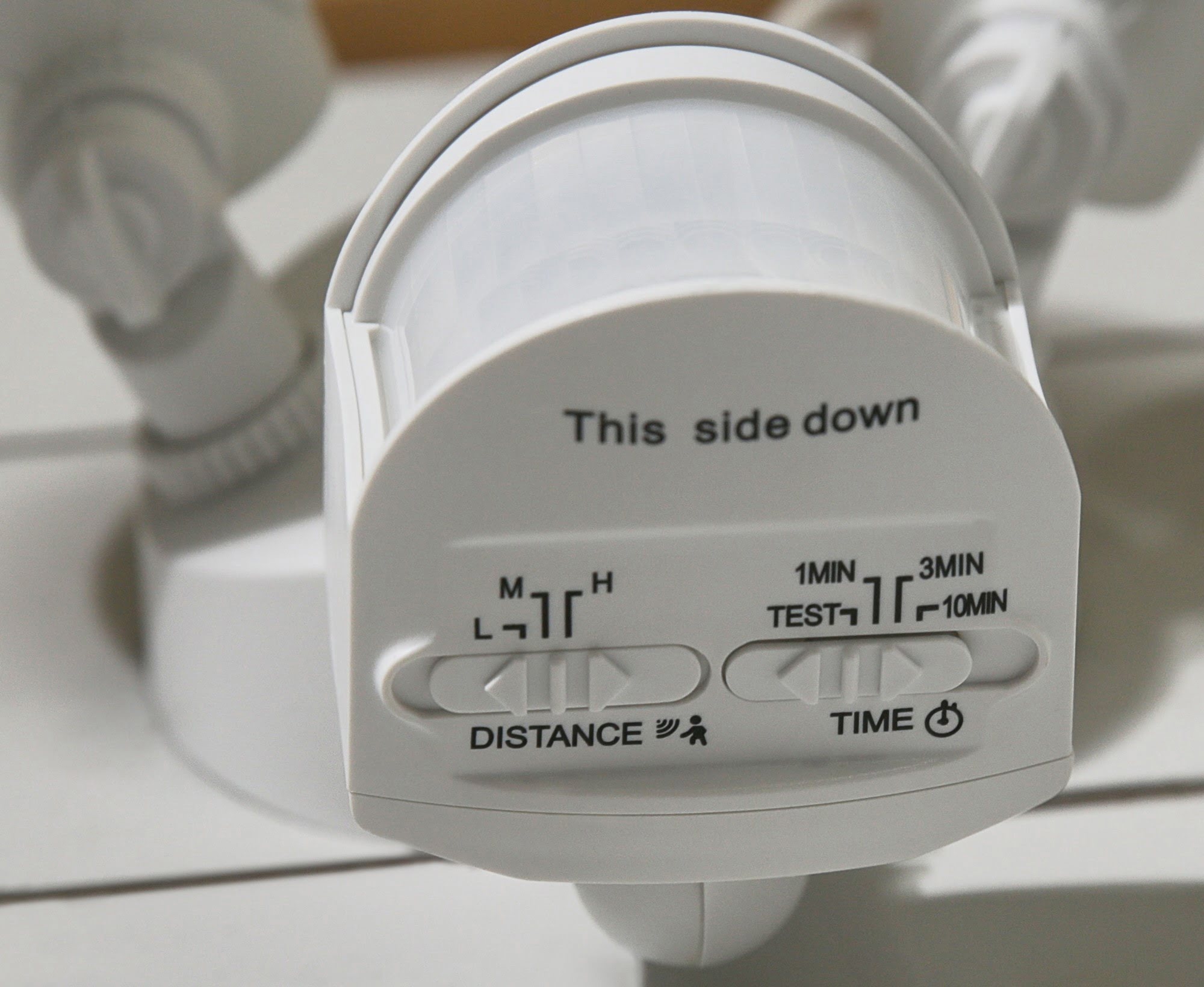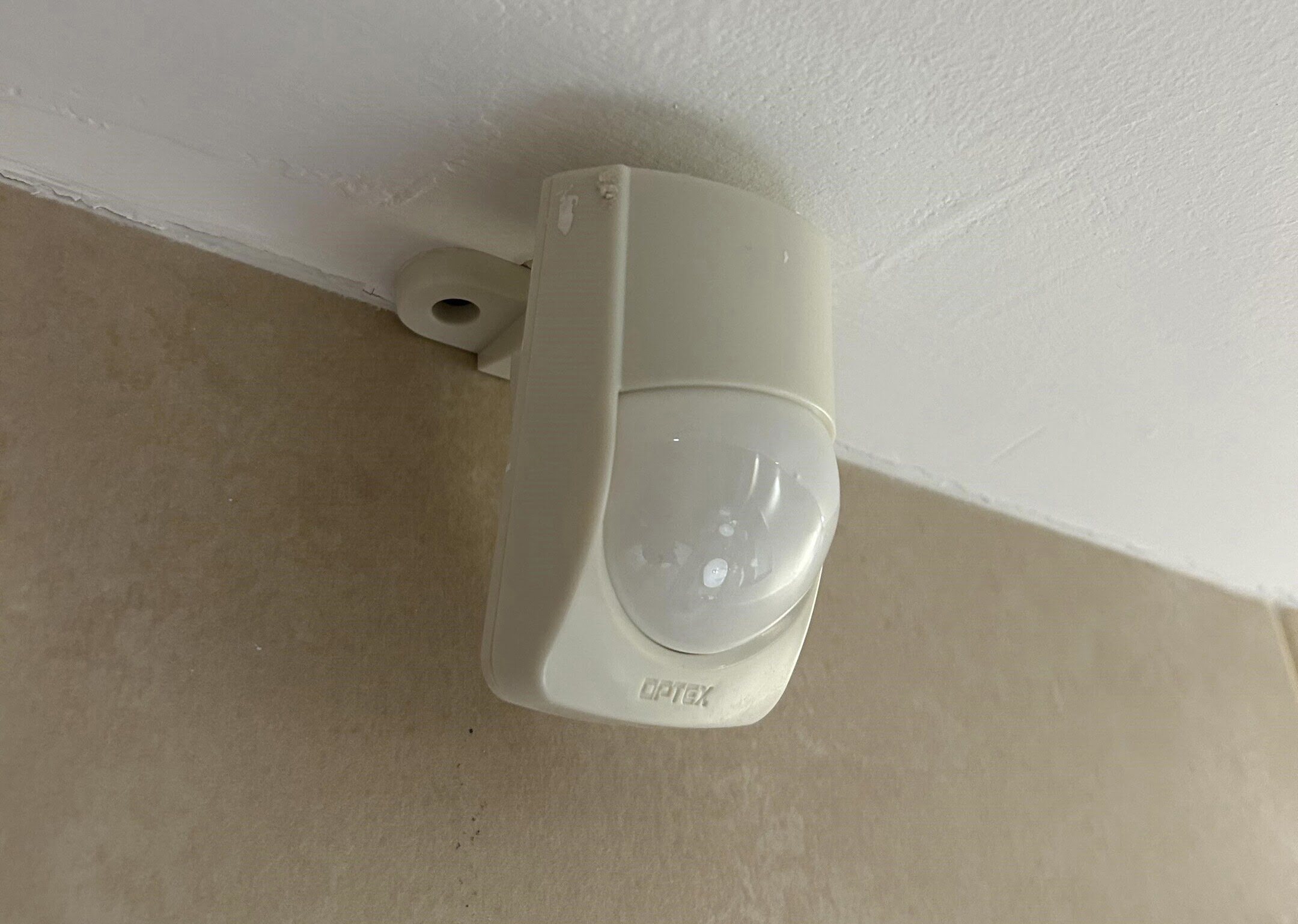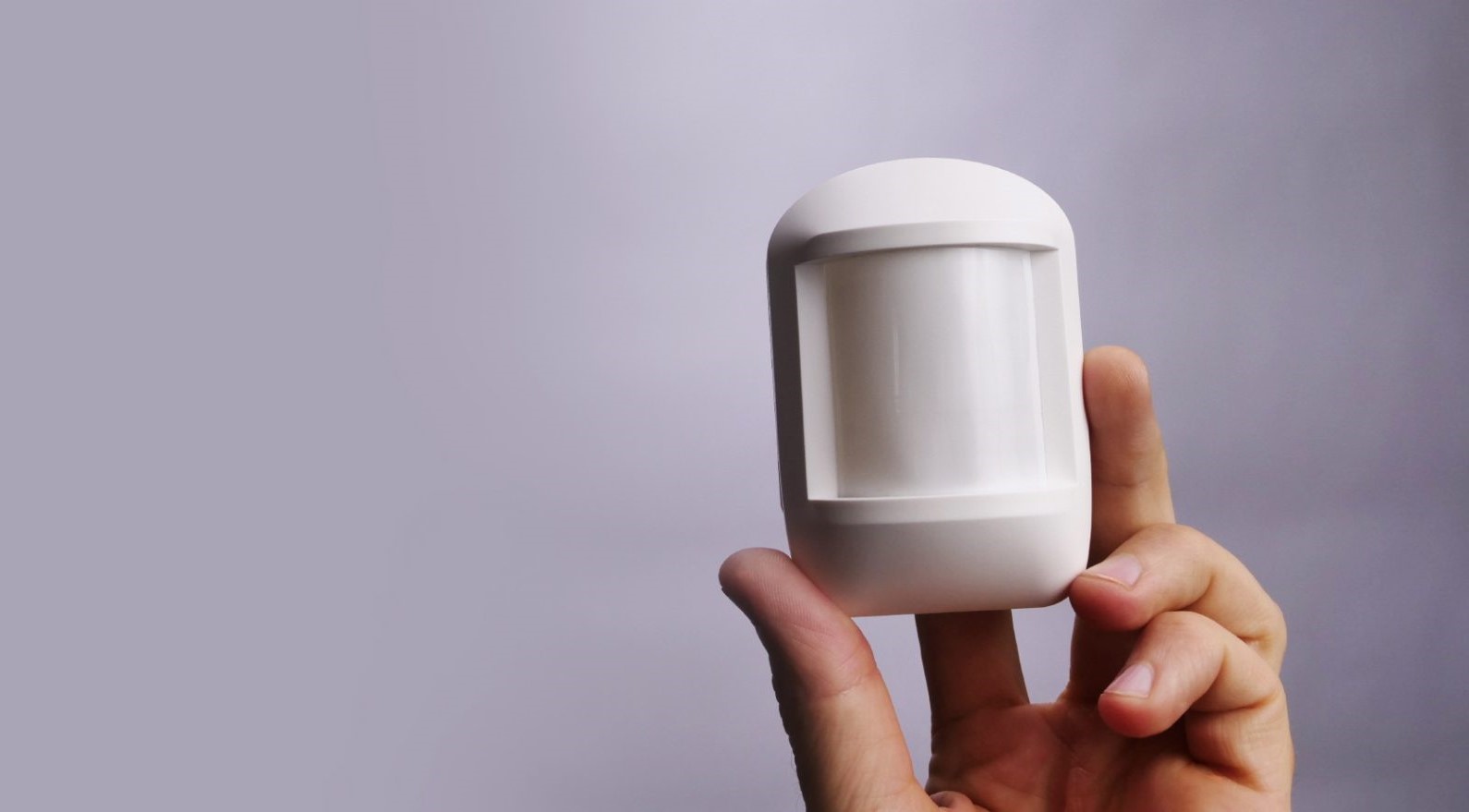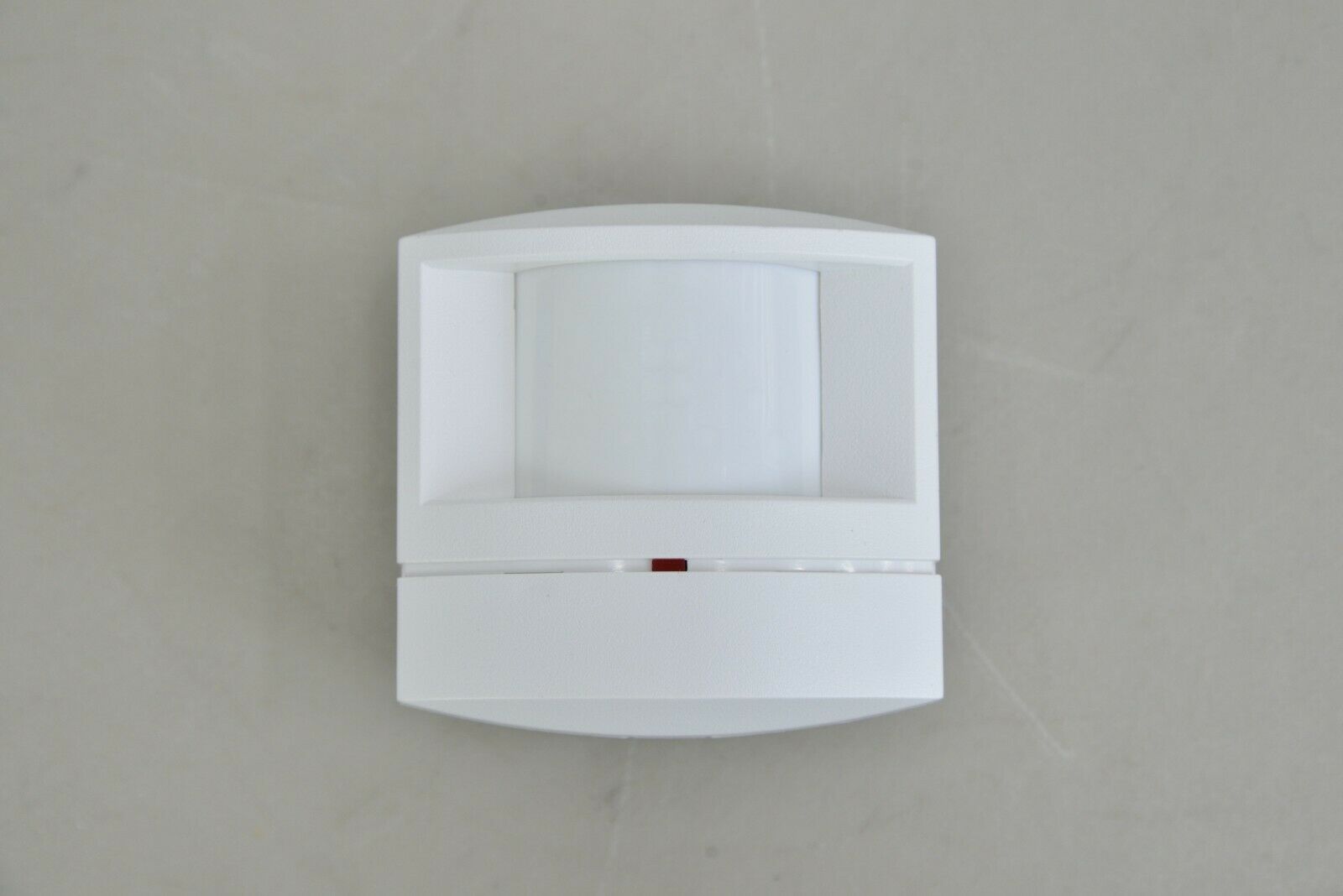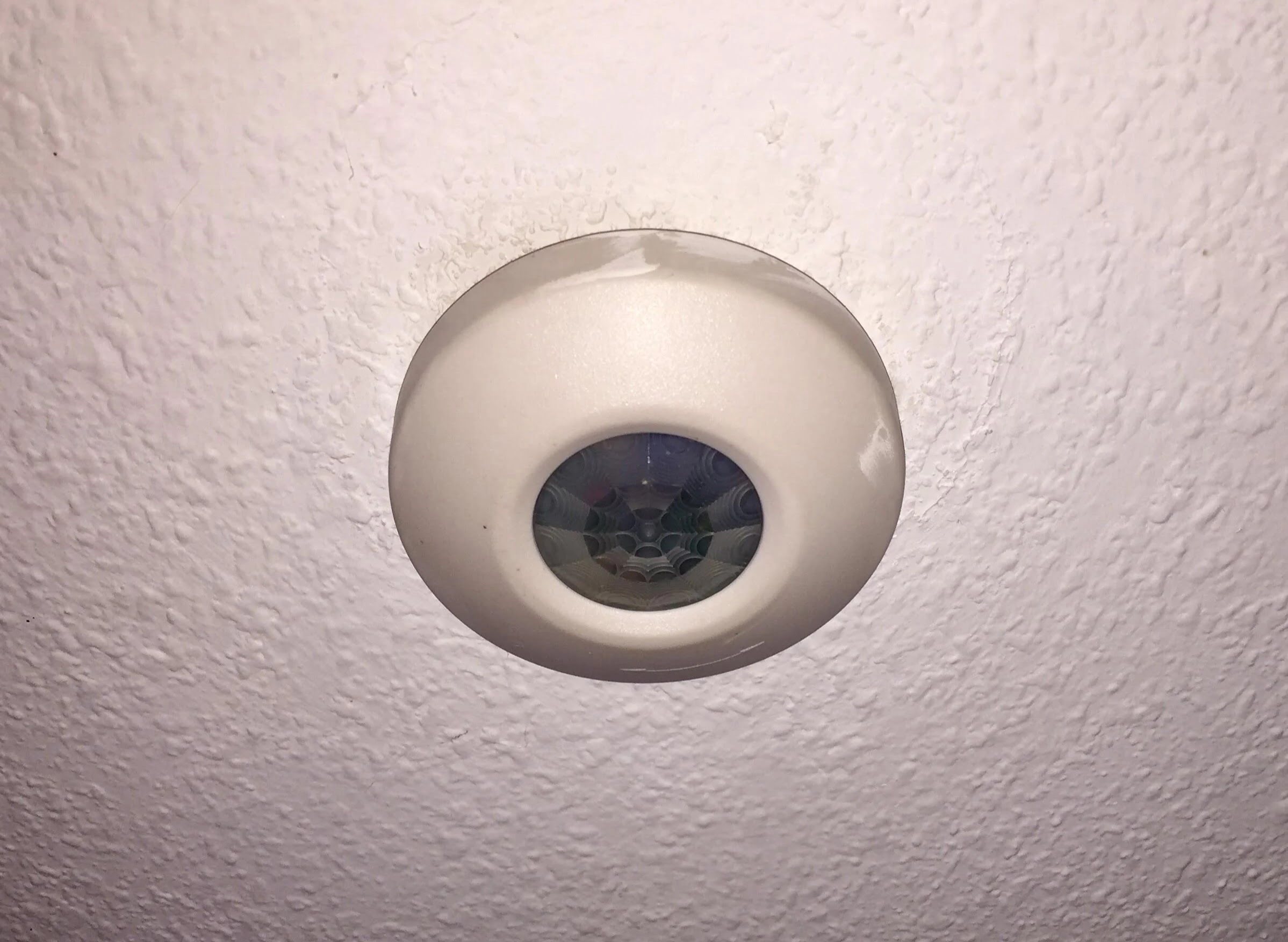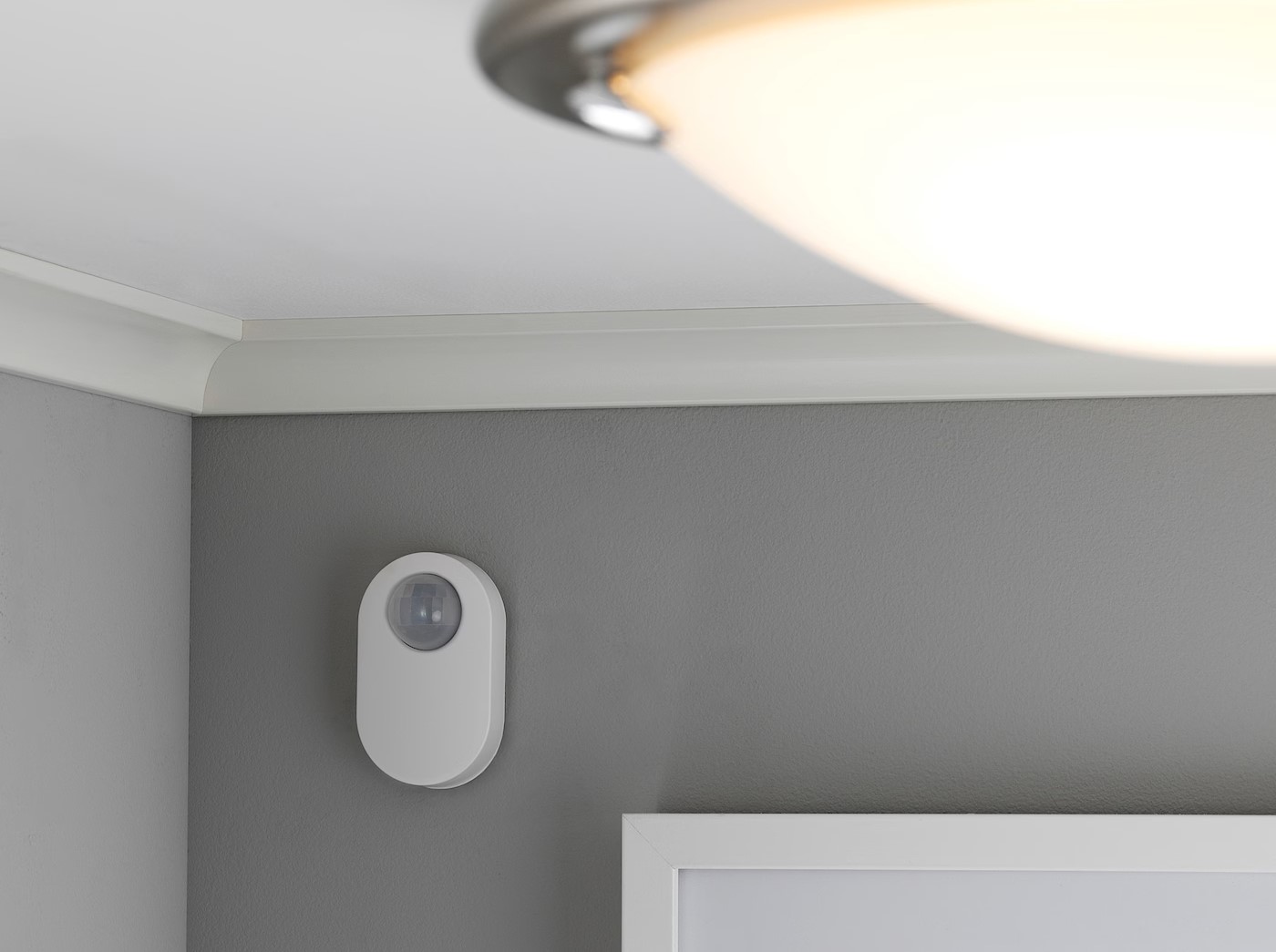Home>Home Security and Surveillance>What Is The Sensitivity Level Of The Nest Motion Detector


Home Security and Surveillance
What Is The Sensitivity Level Of The Nest Motion Detector
Modified: November 1, 2024
Enhance your home security with Nest's motion detector. Discover the sensitivity level and effectiveness of this essential surveillance device.
(Many of the links in this article redirect to a specific reviewed product. Your purchase of these products through affiliate links helps to generate commission for Storables.com, at no extra cost. Learn more)
Introduction:
When it comes to protecting your home and ensuring the safety of you and your loved ones, having a reliable and effective home security system is essential. One of the key components of a robust home security system is the motion detector. Motion detectors help to monitor and detect any movements or unauthorized entry into your premises, alerting you immediately to any potential threats.
In recent years, there has been a surge in the popularity of smart home security systems, and the Nest motion detector is one of the most sought-after products in this category. The Nest motion detector is known for its advanced features and cutting-edge technology, providing homeowners with enhanced security and peace of mind.
One crucial aspect of motion detectors that often goes overlooked is the sensitivity level. The sensitivity level determines how easily the motion detector will detect any motion within its range. Understanding the sensitivity level and making adjustments as needed can have a significant impact on the performance and effectiveness of your home security system.
In this article, we will explore the concept of sensitivity level in motion detectors, specifically focusing on the Nest motion detector. We will delve into the importance of understanding and adjusting the sensitivity level and discuss the factors that can affect it. By the end, you will have a comprehensive understanding of sensitivity levels and how they contribute to the overall effectiveness of your home security system.
Key Takeaways:
- Adjusting the sensitivity level of your Nest motion detector is like finding the perfect balance – not too sensitive to trigger false alarms, but not too insensitive to miss potential threats. It’s like tuning a radio to get the best signal without any interference.
- Factors like range, mounting height, and pet activity can affect the sensitivity of your motion detector. It’s like making sure your detective glasses are positioned just right to catch the bad guys, but not get fooled by harmless shadows or passing cars.
Understanding Motion Detection:
Motion detection is the fundamental principle behind the functioning of motion detectors. It involves the use of sensors that are designed to detect any change in the infrared radiation emitted by objects in their field of view. These sensors create an invisible grid in the designated area and can sense any disruptions to that grid caused by moving objects.
When a motion detector detects any changes within its range, it triggers an alert, such as turning on lights, activating an alarm, or sending notifications to your smartphone. This prompt response allows you to take appropriate action, such as contacting the authorities or investigating the cause.
Motion detection technology has evolved over the years, and modern motion detectors, such as the Nest motion detector, utilize a combination of infrared sensors, heat detection, and advanced algorithms to accurately differentiate between human movement and other sources of motion, such as pets or blowing curtains.
The Nest motion detector is designed to filter out false alarms triggered by non-threatening movements, thus minimizing unnecessary disruptions. This is achieved by analyzing the size, shape, and heat signatures of objects within its field of view. The advanced algorithms used by the Nest motion detector enable it to distinguish between intended motion and random environmental changes to provide accurate and reliable detection.
Understanding how motion detection works is crucial for configuring and utilizing the sensitivity level effectively. By having a clear understanding of the technology behind motion detection, you can optimize your home security system to meet your specific needs while minimizing false alarms.
What is the Sensitivity Level?
The sensitivity level of a motion detector refers to the level of sensitivity at which it can detect motion. It determines the minimum amount of movement required to trigger an alert. Motion detectors usually come with adjustable sensitivity levels so that users can customize the detection capabilities to suit their specific needs.
When the sensitivity level is set to a higher value, the motion detector becomes more responsive, detecting even the slightest movements. This can be beneficial in high-security areas where any movement should be promptly detected and acted upon. However, setting the sensitivity level too high can also increase the chances of false alarms triggered by non-threatening sources such as pets or passing cars.
On the other hand, lowering the sensitivity level makes the motion detector less reactive to smaller movements, reducing the risk of false alarms. This may be preferable in areas where there may be a lot of non-human movement, such as outdoor spaces. However, setting the sensitivity level too low may result in the motion detector missing important events or movements that should have triggered an alert.
It is important to find the right balance when adjusting the sensitivity level of a motion detector. This can be achieved by considering the specific requirements of your home and analyzing the factors that can affect the sensitivity level.
By understanding and customizing the sensitivity level of your motion detector, you can maximize its effectiveness in detecting and alerting you to potential threats, while minimizing false alarms and unnecessary disruptions.
The sensitivity level of the Nest motion detector can be adjusted in the Nest app. Lower sensitivity reduces false alerts, while higher sensitivity detects more motion.
Adjusting the Sensitivity Level:
Adjusting the sensitivity level of your motion detector is a crucial step in optimizing its effectiveness. By finding the right balance between sensitivity and false alarm prevention, you can ensure that your home security system provides reliable and accurate detection.
The process of adjusting the sensitivity level may vary depending on the specific model and manufacturer of your motion detector. However, most modern motion detectors, including the Nest motion detector, offer user-friendly interfaces and simple settings to make this adjustment easier.
Here are some general steps to consider when adjusting the sensitivity level:
- Start with the default sensitivity level provided by the manufacturer. This is usually set at a mid-level to provide a balanced detection capability.
- Observe the motion detector’s performance over a period, paying attention to any false alarms or missed detections. This will give you a baseline understanding of how the motion detector is functioning in its default sensitivity setting.
- If you experience frequent false alarms, consider lowering the sensitivity level slightly. This will make the motion detector less reactive to smaller movements, reducing the chances of false detections. However, be cautious not to set it too low, as this may lead to missed detections.
- If you notice that the motion detector is consistently missing detections or not responding quickly enough to movements, consider increasing the sensitivity level. This will make the motion detector more responsive, ensuring that even subtle movements are detected.
- Keep fine-tuning the sensitivity level based on your specific needs and the performance of the motion detector. Regularly check for false alarms and missed detections, and make adjustments accordingly.
- Always refer to the user manual or manufacturer’s guidelines for specific instructions on adjusting the sensitivity level for your particular motion detector.
Remember, finding the optimal sensitivity level may require some trial and error. It’s important to strike the right balance that suits your unique needs and provides reliable and accurate detection.
Factors Affecting Sensitivity:
Several factors can influence the sensitivity of a motion detector. Understanding these factors can help you optimize the performance of your motion detector and reduce the occurrence of false alarms. Here are some key factors to consider:
- Range and Coverage Area: The size of the detection range and coverage area of the motion detector can impact its sensitivity. Larger coverage areas may require higher sensitivity settings to ensure that all movements within the range are detected.
- Mounting Height and Angle: The placement of the motion detector plays a crucial role in its sensitivity. Mounting the detector at an appropriate height and angle can help ensure optimal detection. Aim to position the detector at a level where it can capture the desired area without being obstructed by furniture, door frames, or other obstacles.
- Environmental Factors: Environmental conditions such as temperature, humidity, and lighting can influence the sensitivity of a motion detector. Extreme temperatures or changes in lighting conditions can trigger false alarms or impact the effectiveness of the detector’s infrared sensors. Adjusting the sensitivity level accordingly in response to changing environmental conditions can help maintain accurate detection.
- Pet Immunity: If you have pets in your home, consider using motion detectors with pet immunity features. These detectors are designed to filter out movements from small pets, preventing false alarms while still detecting human-sized movements. Adjusting the sensitivity level to account for pet activity can further reduce false alarms.
- Moving Objects: Besides human movement, other moving objects can trigger motion detectors. These can include moving curtains, shadows, or even passing vehicles outside. Adjusting the sensitivity level to discriminate between these types of movements and intentional entry can help reduce false alarms.
- Interference and Obstructions: Interference from other electronic devices or obstructions such as furniture or decorations can impact the sensitivity of a motion detector. Ensure that there are no objects or devices blocking the line of sight between the detector and the desired detection area. Additionally, avoid placing the motion detector near other devices that emit infrared radiation, as this can interfere with its performance.
By considering these factors and making necessary adjustments, you can optimize the sensitivity level of your motion detector and enhance its overall performance.
Conclusion:
Understanding and adjusting the sensitivity level of your motion detector is crucial for optimizing the effectiveness of your home security system. The sensitivity level determines how easily the motion detector can detect motion, and striking the right balance is essential to ensure accurate detection while minimizing false alarms.
By familiarizing yourself with the concept of sensitivity level and its impact on the performance of your motion detector, you can make informed decisions to customize the settings according to your specific needs and environmental factors.
Whether you have a Nest motion detector or another brand, the process of adjusting sensitivity levels follows similar steps. Starting with the default sensitivity level provided by the manufacturer, you can observe the performance of the motion detector over time and make adjustments as necessary, considering factors such as range, environmental conditions, pet immunity, and obstructions.
Remember that finding the optimal sensitivity level may require some trial and error, and regular monitoring of the motion detector’s performance is important. Strive for a balance between sensitivity and false alarm prevention, ensuring that your motion detector reliably detects potential threats while minimizing unnecessary disruptions and false alarms.
By taking the time to understand and customize the sensitivity level of your motion detector, you can enhance the security of your home and have peace of mind knowing that you have a reliable and effective home security system in place.
Investing in a motion detector with adjustable sensitivity levels, such as the Nest motion detector, can greatly enhance the security of your home and improve your overall peace of mind. Remember to refer to the user manual or manufacturer’s guidelines for specific instructions on adjusting sensitivity levels for your particular motion detector model.
So, take the necessary steps to fine-tune the sensitivity level of your motion detector, and enjoy the benefits of a highly responsive and reliable home security system.
Frequently Asked Questions about What Is The Sensitivity Level Of The Nest Motion Detector
Was this page helpful?
At Storables.com, we guarantee accurate and reliable information. Our content, validated by Expert Board Contributors, is crafted following stringent Editorial Policies. We're committed to providing you with well-researched, expert-backed insights for all your informational needs.
